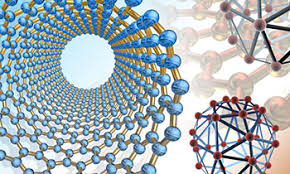Mechanical and Materials Engineering, Department of
Document Type
Article
Date of this Version
2016
Citation
Metals 2016, 6, 261; doi:10.3390/met6110261.
Abstract
Temperature dependent He-irradiation-induced ion-beam mixing between amorphous silicon oxycarbide (SiOC) and crystalline Fe was examined with a transmission electron microscope (TEM) and via Rutherford backscattering spectrometry (RBS). The Fe marker layer (7.2 ± 0.8 nm) was placed in between two amorphous SiOC layers (200 nm). The amount of ion-beam mixing after 298, 473, 673, 873, and 1073 K irradiation was investigated. Both TEM and RBS results showed no ion-beam mixing between Fe and SiOC after 473 and 673 K irradiation and a very trivial amount of ion-beam mixing (~2 nm) after 298 K irradiation. At irradiation temperatures higher than 873 K, the Fe marker layer broke down and RBS could no longer be used to quantitatively examine the amount of ion mixing. The results indicate that the Fe/SiOC nanocomposite is thermally stable and tends to demix in the temperature range from 473 to 673 K. For application of this composite structure at temperatures of 873 K or higher, layer stability is a key consideration.
Included in
Mechanics of Materials Commons, Nanoscience and Nanotechnology Commons, Other Engineering Science and Materials Commons, Other Mechanical Engineering Commons



Comments
Su, Price, Shao, & Nastasi in MDPI Metals (2016) 6. Copyright © 2016, the authors. Licensee MDPI, Basel, Switzerland. Open access, Creative Commons Attribution license 4.0.